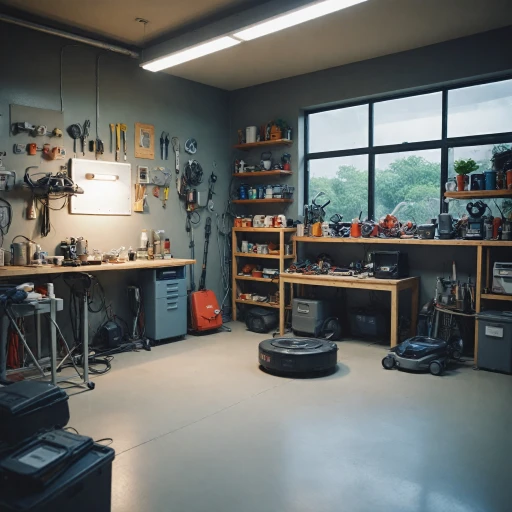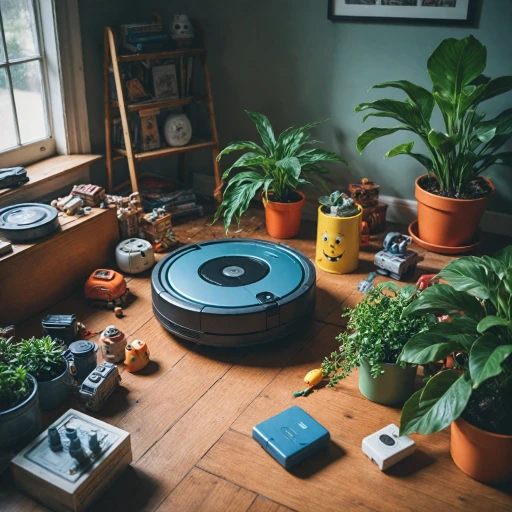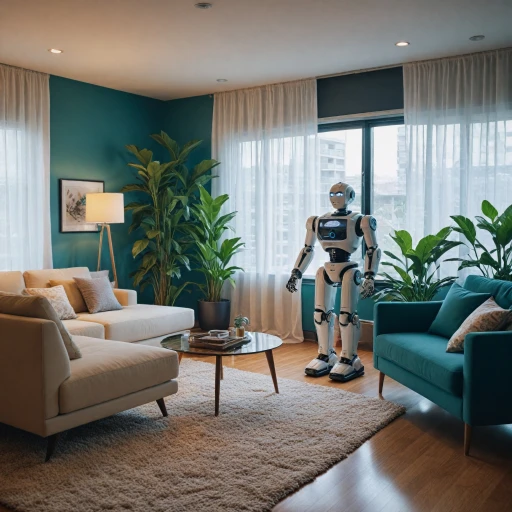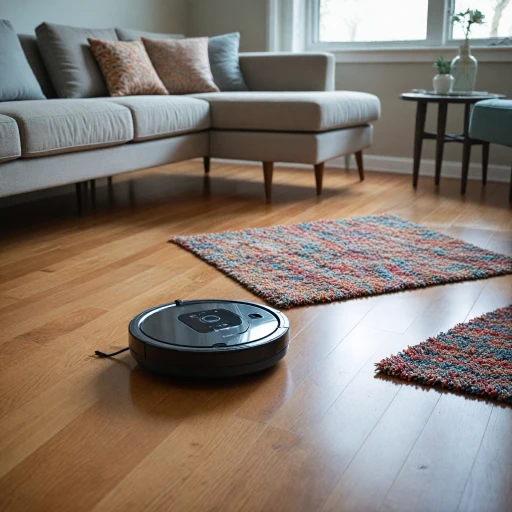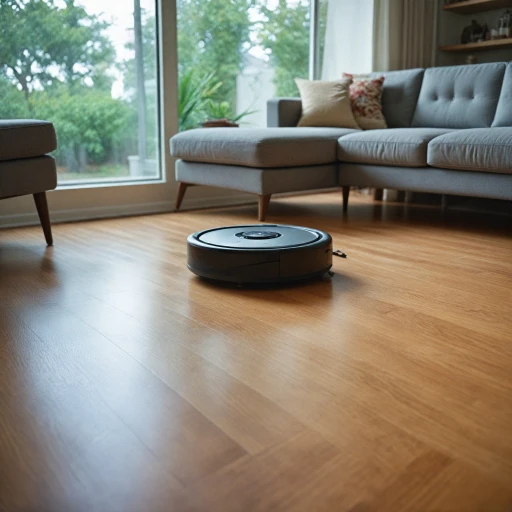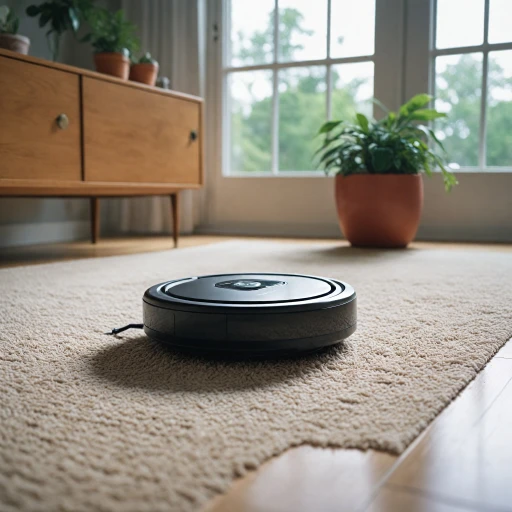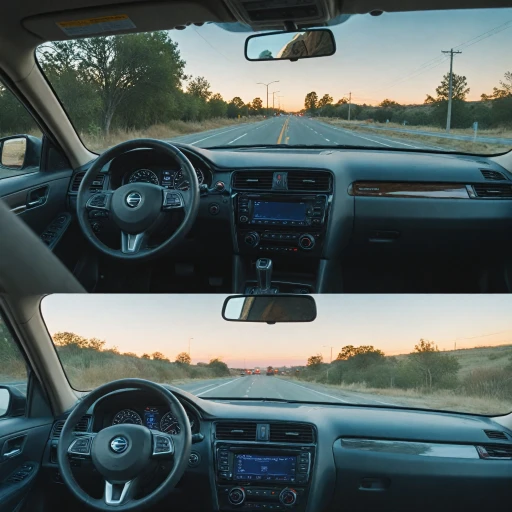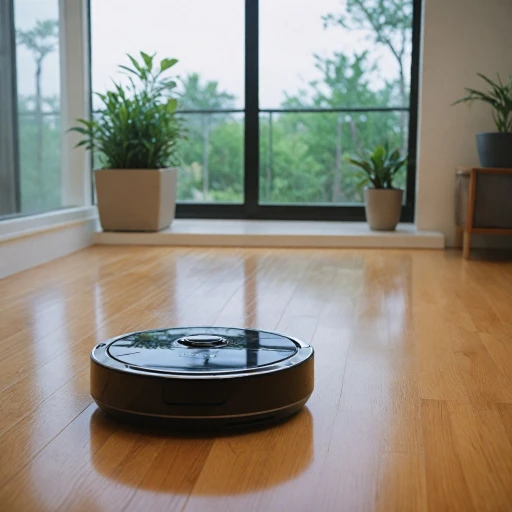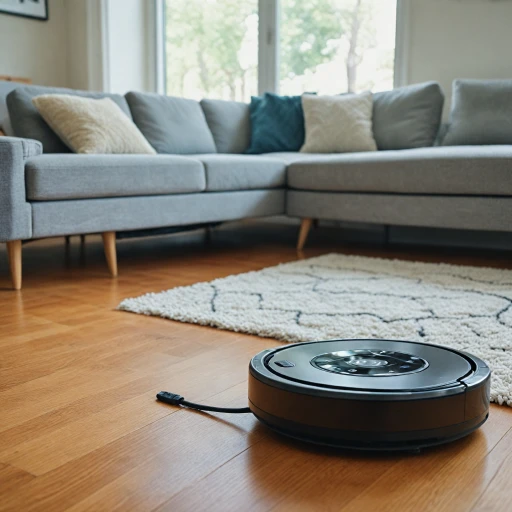Understanding Commercial Robot Vacuums
Unpacking the Basics of Commercial Robotics in Cleaning
When stepping into the world of commercial robot vacuums, it's easy to be swayed by the myriad options available. But understanding their core essence is crucial in making an informed decision. Unlike their household counterparts, commercial robot vacuums are engineered for larger spaces and more demanding cleaning tasks, making them indispensable in places like offices, shops, and industrial facilities. These robotic vacuums are designed to navigate autonomously across expansive floor areas, tackling dirt, dust, and even stubborn pet hair. Many models also offer a vacuum mop combination, providing a comprehensive cleaning solution all under one roof. The ability to integrate with smart home systems such as Alexa and Google means these devices not only vacuum and mop but also add a layer of technological convenience. Several key aspects define commercial cleaning robots:- Advanced Suction Power: Given their task of maintaining commercial spaces, these vacuums often come with powerful suction to ensure all debris, from dust to more substantial dirt particles, is effectively captured.
- Height and Width Considerations: The physical dimensions of the robot vacuum itself (height and width) play a pivotal role in ensuring they can navigate under furniture and around obstacles efficiently.
- User-Friendly Apps: Many of these devices are accompanied by comprehensive apps on mobile devices for seamless control and customization of cleaning schedules, optimizing time and efficiency in busy environments.
- Charging Stations: Equipped with dedicated charging stations, commercial robotic vacuums return autonomously to recharge, readying themselves for the next sweep.
Key Features to Look for in Commercial Models
Essential Features in High-Performance Robot Vacuums
When considering commercial robot vacuums, selecting a model that suits your specific cleaning needs involves understanding key features that are intrinsic to robotic efficiency and productivity. Brands in the market offer varied configurations each aimed at maximizing cleaning effectiveness. Here's a guide to what you should prioritize when choosing such products.Suction Power and Cleaning Mechanisms
A primary aspect of a robust commercial vacuum is its suction power. The more powerful the suction, the more efficient it is at picking up dust, debris, and even pet hair from diverse floor surfaces. Additionally, some units combine vacuums with mops, offering an all-in-one cleaning robot that accelerates cleaning time without compromising quality.Navigation and Mapping Technology
Modern vacuum cleaners come equipped with advanced navigation systems using sensors and cameras that allow them to understand their surroundings. These robotic solutions are efficient at avoiding obstacles and are adept at systematic cleaning, ensuring no area is left undusted. Also, consider models with smart floor mapping capabilities to efficiently plan cleaning routes, covering more with less effort.App Integration and Smart Home Compatibility
Enhanced convenience comes with models that offer app integration, enabling you to control cleaning schedules remotely. Features such as Alexa, Google Assistant compatibility transform how users interact with the robot vacuum. This turns cleaning into a simple voice command away, leveraging smart home synergies to optimize the cleaning task even when you're away.Dimensions: Adjustability by Height and Width
In terms of size, attention to width and height is crucial. You need a robot vacuum that fits comfortably under furniture and into tight spaces, assuring clients of a comprehensive clean. The ideal product description should emphasize these factors to enhance usability across various commercial spaces.Charging Stations and Automated Processes
Most advanced models come with their own charging station. Once the vacuum completes its operation or when the battery is low, it will automatically return for recharging. This feature is a significant time-saver, especially in commercial settings where extended service intervals help streamline cleaning processes without human intervention.Comprehensive Customer Service and Product Longevity
Finally, value-added services like reliable customer service are fundamental in choosing a cleaning robot. Ensure you choose a product from brands known for offering responsive customer support and long-term warranties, reassuring you of the vacuum's longevity and continuous service. For more insights on selecting the right robot vacuum cleaner names, explore our comprehensive guide, which details how to decipher brand distinctions and maximize your cleaning efficiency with tailored product choices.The Benefits of Using Robot Vacuums in Commercial Spaces
Enhancing Efficiency and Convenience
Implementing robotic vacuum solutions in commercial spaces offers numerous advantages, making them an increasingly popular choice for businesses. The primary benefit lies in the enhanced efficiency they provide. With capabilities to operate autonomously, these devices ensure spaces are kept clean without the constant need for human intervention, freeing up employees to focus on more critical tasks.
Time Savings and Operational Efficiency
Commercial robot vacuums are designed to work relentlessly, offering continuous service outside of regular working hours. This time-saving feature ensures that a shop or office is pristinely maintained without disrupting daily operations. The advanced scheduling features typically available in these products enable them to conduct tasks during off-peak hours, and even during the night.
Consistent Cleaning Quality
These robot vacuum models are equipped with powerful suction and sophisticated navigation systems, ensuring comprehensive coverage of the floor to remove dust, debris, and pet hair efficiently. The combination of vacuum and mop capabilities in many models enhances the cleaning scope, catering to diverse floor types and environmental conditions. This not only provides a consistent cleaning quality but also influences customers’ perception positively.
User-Friendly Features and Integration
Integration with apps and voice-activated assistants such as Alexa and Google further elevates the ease of use. This enables businesses to schedule feedback, receive notifications, and even control the robot wirelessly. The addition of smart dock charging stations ensures that these devices are always ready for their next task, maintaining peak operational readiness.
Cost Efficiency and ROI
Despite the initial investment, commercial robot vacuums prove to be cost-efficient in the long run. They reduce labor costs and prevent the need for frequent manual cleaning, promising an attractive return on investment for businesses. The consistent and thorough cleaning not only extends the lifespan of flooring surfaces but also enhances the workplace environment.
For businesses considering investing in a commercial cleaning solution, assessing key aspects such as suction power, width, and height of the vacuum is crucial for choosing a model that aligns with specific needs. You can explore further into how these aspects play into purchasing decisions in this detailed guide.
Challenges and Limitations
Addressing Practical Hurdles in Commercial Settings
Navigating the world of commercial robot vacuums isn't without its challenges. Here's a look at some of the obstacles enterprises might encounter:- Suction Power and Surface Suitability: Although equipped with powerful suction, commercial cleaning robots might struggle on certain surfaces or with debris types like pet hair, affecting their cleaning efficacy.
- Maintenance and Service Intervals: Consistent performance necessitates regular maintenance. Scheduling services and ensuring the vacuum's parts are functioning optimally can be time-consuming.
- Navigation Complexities: In busy commercial spaces, navigation can be tricky, especially if layouts change frequently. Obstacles might require frequent updating of the unit's mapping capabilities.
- Charging and Operation Time: While most vacuums have a charging station, the length of cleaning sessions before requiring a recharge could influence workflow, especially in larger commercial areas.
- Integration with Smart Systems: Some robot vacuums offer integration with platforms like Alexa or Google, but this can sometimes lead to compatibility issues or require additional setup.
- Customer Service Experiences: Across different brands, customer support and service quality can vary, influencing the ease with which any issues with the vacuums are resolved.
Comparing Top Commercial Robot Vacuum Brands
Evaluating Leading Brands in the Commercial Robot Vacuum Market
When it comes to commercial robot vacuums, choosing the right brand can make a significant difference in your cleaning efficiency and overall satisfaction. Each brand offers unique features and benefits, making it essential to compare them based on key factors such as suction power, price, and customer service.
- Brand A: Known for its powerful suction and advanced cleaning algorithms, Brand A's products are ideal for large commercial spaces. Their vacuums are equipped with a robust app that allows users to customize cleaning schedules and monitor performance in real-time.
- Brand B: This brand offers vacuums with integrated vacuum mop capabilities, making them versatile for both hard floors and carpets. They are priced competitively, providing excellent value for businesses looking to optimize their cleaning operations.
- Brand C: Renowned for its exceptional customer service, Brand C ensures that any issues with their robotic vacuum products are resolved promptly. Their models also feature a self-emptying dustbin, reducing the need for manual intervention.
- Brand D: With a focus on smart home integration, Brand D's vacuums are compatible with Alexa and Google Assistant, allowing for voice-controlled cleaning. Their products also boast a sleek design with a low height, making them perfect for cleaning under furniture.
These brands highlight the diversity in the commercial robot vacuum market, each offering distinct advantages that cater to different business needs. Whether your priority is powerful suction, advanced technology, or reliable customer service, there's a product out there that will meet your requirements.

